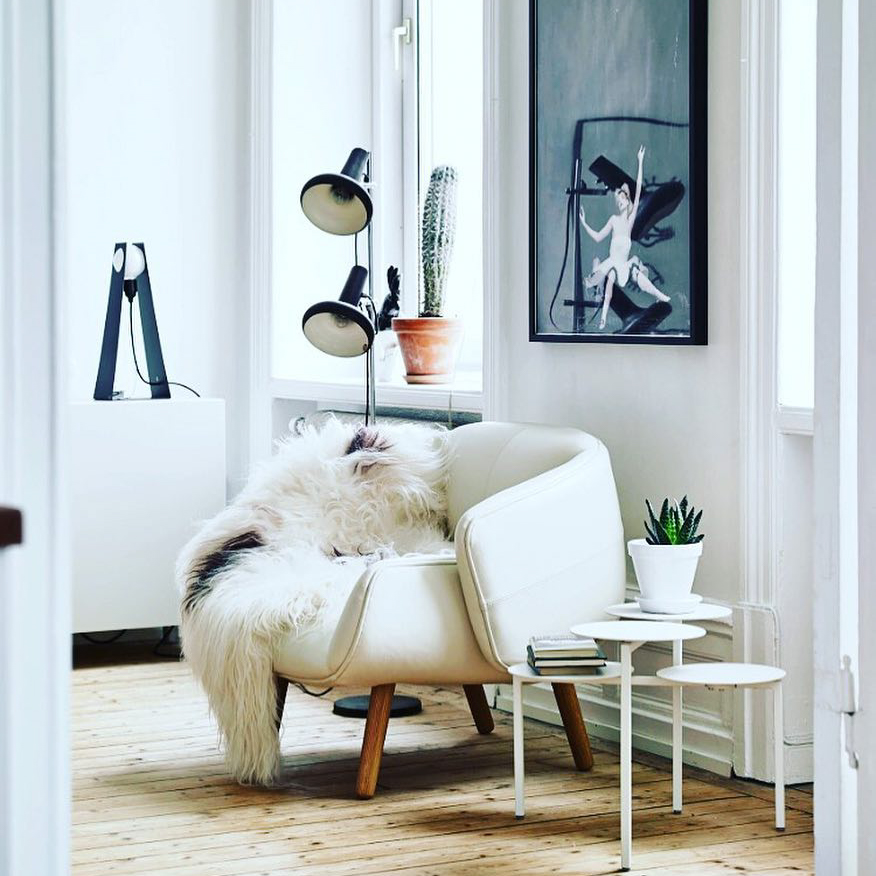The Basics
Boxed ceiling designs, also known as coffered ceilings, are an elegant and timeless addition to any home. Essentially, a boxed ceiling features a grid of recessed panels that creates a pattern on the ceiling to add depth and interest to the space.
Boxed ceilings were very popular in ancient Greek and Roman architecture and have been used in various ways ever since, from the Renaissance period to modern day residential and commercial design. They can be made from a wide range of materials, including wood, plaster, and metal.
The Benefits
The main benefit of boxed ceilings is their ability to add visual interest to a room. They can be used in any space, from living rooms and bedrooms to kitchens and dining rooms. Boxed ceilings can also help to create a more formal atmosphere in a room, making them an ideal addition to formal dining rooms or home offices.
Another benefit of boxed ceilings is their ability to hide unsightly ductwork, electrical wiring, and other fixtures. By creating a series of recessed panels, boxed ceilings can provide a clever way to hide these necessary but unsightly items.
The Design Process
The design process for boxed ceilings can be quite involved, as it requires careful planning and precise measurements. The first step is to determine the size and shape of the panels, as well as the overall pattern of the ceiling. This can be done using computer software or by drawing out the design by hand.
Once the design is finalized, the materials for the ceiling can be chosen. Wood is a popular choice for boxed ceilings, as it is durable and versatile. Plaster and metal can also be used, depending on the desired look and feel of the room.
During installation, the ceiling must be carefully measured to ensure that the panels are correctly spaced and aligned. This requires a high degree of precision and attention to detail, as even small mistakes can be very noticeable in the final result.
Examples of Boxed Ceiling Designs
There are countless ways to use boxed ceiling designs in your home. Here are a few examples:
Traditional Dining Room

A classic boxed ceiling design adds elegance and sophistication to this traditional dining room. The white paneling on the ceiling complements the white wainscoting on the walls, and the chandelier adds a touch of sparkle.
Modern Living Room

This modern living room uses a geometric boxed ceiling to add interest and depth to the space. The black and white color scheme is sleek and contemporary, while the recessed lighting creates a cozy ambiance.
Cottage Kitchen

This charming cottage kitchen uses a rustic boxed ceiling design to create a cozy, cabin-like atmosphere. The wooden panels on the ceiling complement the hardwood floors, and the pendant lights add a warm glow to the room.

















